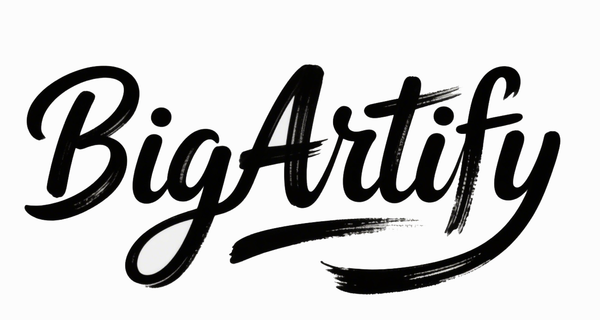The Emotional Code of Blue Abstract Art: How Colors Convey Sadness and Inner Worlds
Abstract visual art serves as a powerful medium for expressing complex human emotions, often through the careful interplay of color and line. The article "Anger is red, sadness is blue: Emotion depictions in abstract visual art" investigates how basic emotions are represented in abstract artworks, emphasizing the distinct roles of color and contour in communicating affective states. The study reveals that colors like blue are commonly used to depict sadness, while red expresses anger, highlighting how color acts as a stronger, clearer carrier of emotional information than lines.

In this research, both professional artists and non-artists produced abstract drawings representing six emotions: anger, disgust, fear, joy, sadness, and wonder. Key findings include:
-
Color drawings convey emotions more accurately than line drawings, with non-artists’ color artworks predicting emotions even more precisely than those by artists.
-
Sadness is often associated with blue hues combined with vertical lines, visually symbolizing a somber, introspective mood.
-
Anger is typically rendered through intense red pigments and dense, sharp lines.
-
Positive emotions such as joy tend to use brighter colors and elongated lines, while negative emotions utilise darker shades and more intricate contours.
These results suggest that both cultural conventions and innate human associations—such as flushed red faces in anger or the coolness of blue linked to sadness—play vital roles in how abstract art conveys emotions. This also explains why color is more effective than contours, which often rely on learned symbolism or the unpredictability of line patterns.
This scientific insight significantly deepens our understanding of the expressive power behind blue abstract painting, a category that harnesses blue’s emotional resonance to evoke melancholy, calmness, and introspection. For those exploring this emotional palette, the Blue Abstract Painting collection offers a curated selection of artworks showcasing the profound emotional impact of the color blue.
These findings align with long-standing discussions in art history and psychology about the emotional effects of color. Blue is widely associated with tranquility and reflection, while red links to passion and aggression. By providing behavioral and computational evidence, this research reinforces and enriches these traditional associations.
Artists and designers can apply these insights to better evoke emotional responses through abstract compositions. Visual designers and architects, for example, can use these color-emotion relationships to create spaces and visuals that psychologically engage and positively influence users, potentially enhancing wellbeing and creativity.
Additional authoritative resources exploring color theory and emotional expression in abstract art include:
-
The Empirical Art Center, which explains how color impacts mood and perception in abstract art.
-
The University of Toronto Artsci News, covering neuroscience research on emotional depiction and viewer perception.
-
Research published by the National Institutes of Health PMC offers detailed data on emotion portrayal in abstract art, valuable for scholarly study.
Frequently Asked Questions (FAQ)
Q1: Why is blue commonly used to represent sadness in abstract art?
Blue carries cultural and possibly biological connotations of calm, introspection, and melancholy. Vertical lines accompanying blue in abstract paintings enhance this somber feeling, making blue a natural choice to symbolize sadness.
Q2: Can non-artists effectively express emotions through abstract art?
The study found that non-artists often convey emotions through color with even greater accuracy than trained artists, suggesting that emotional color associations are intuitive and widely shared.
Q3: How does understanding the link between color and emotion improve art and design?
Knowing which colors and forms evoke specific emotions enables creators to produce more impactful and emotionally resonant works, influencing viewers’ moods and interpretations positively.
Q4: Is the connection between colors and emotions universal or culturally specific?
Current research does not definitively answer this, but the authors propose that both innate human tendencies and cultural learning contribute to how colors are emotionally interpreted.
Q5: Where can I see examples of blue abstract paintings that express emotion?
You can explore a curated collection of evocative artworks in the Blue Abstract Painting collection, showcasing the emotional depth of blue in abstract art.
This article masterfully integrates scientific research and artistic appreciation, offering deep insight into the unique role and power of blue—and color in general—in conveying emotions within abstract art.

